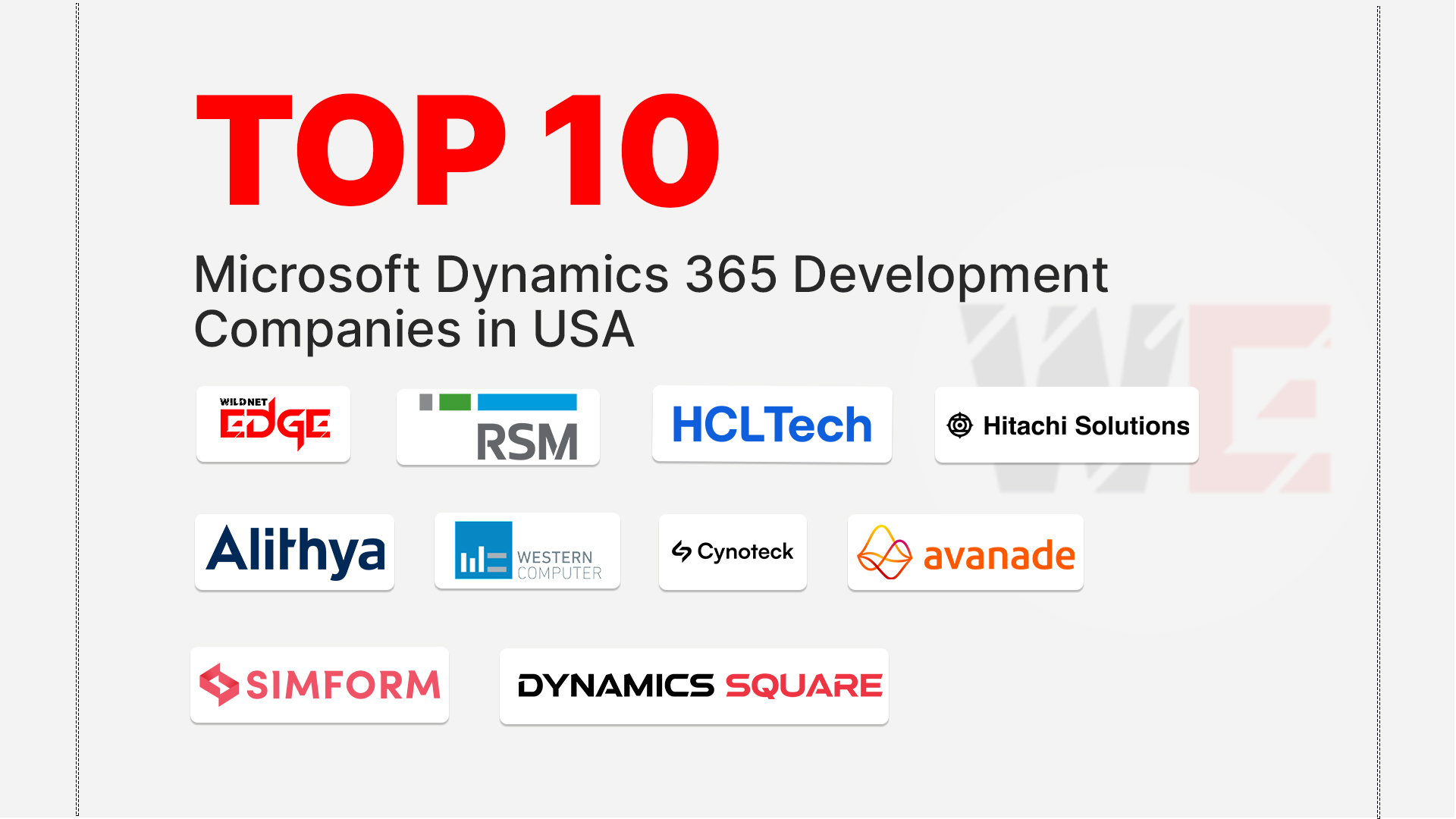As data becomes the cornerstone of decision-making in businesses across industries, choosing the right data processing framework has become increasingly critical. The debate of Apache Beam vs Flink captures the attention of organizations weighing their options for building robust data pipelines. Are you looking to process batch data or handle real-time streaming effectively? Do you have a diverse range of data sources that must be integrated seamlessly? These questions drive the conversation around which framework can meet your data processing needs best. This article will break down the intricacies of both Apache Beam and Flink, helping you navigate their features and capabilities.
Overview of Data Processing Frameworks
Importance of Data Processing
Data processing is the systematic collection and manipulation of raw data to derive meaningful insights. It encompasses a range of operations, including data collection, transformation, and analysis, that enable organizations to convert raw data into valuable information. With the rise of real-time analytics and machine learning, the significance of data processing has skyrocketed. Businesses can now make informed decisions instantly, track user behaviors, and personalize experiences—all of which rely on efficient data processing frameworks.
For instance, in machine learning, data processing becomes crucial in preparing datasets for model training. An effective framework streamlines data cleansing and enables quick iterations of model deployments. As a result, selecting the right data processing framework can be a game-changer for businesses seeking to stay competitive in the fast-paced digital landscape.
Key Players in the Market
In addition to Apache Beam and Flink, several key players dominate the data processing framework landscape:
- Apache Spark: Spark is renowned for distributed batch data processing but can also handle real-time data streams through Spark Streaming. While it excels in computational speed, it requires optimized configuration to manage memory effectively.
- Apache Storm: Primarily used for real-time stream processing, Storm is known for its easy-to-use architecture but lacks the built-in batch processing capabilities that Spark and Beam have.
- Google Dataflow: A fully managed service for batch and stream processing, it operates on the same principles as Apache Beam. However, Google Dataflow offers additional features integrated into the Google ecosystem, which can be a deciding factor for businesses invested in Google Cloud.
Each framework brings its unique strengths and weaknesses, leading to the broader discussion of Beam versus Flink.
Apache Beam: A Comprehensive Guide
Core Features of Apache Beam
Apache Beam is a unified data processing model designed to handle both batch and streaming data with ease. One of its hallmark features is its portability, allowing developers to run their data pipelines on various runners like Apache Flink, Apache Spark, and Google Cloud Dataflow, among others. This flexibility not only gives teams the power to choose the most suitable runner for their specific use case but also simplifies transitions across cloud environments.
Another vital aspect of Beam is its powerful abstraction called the PTransform, which allows developers to compose complex data processing workflows. Beam also follows the windowing paradigm, enabling the management of data processing timeframes effectively. Whether you need event-time or processing-time semantics, Beam offers tools to help you manage lateness and watermarks, enhancing your ability to work with event-driven architectures.
Use Cases for Apache Beam
Several industries benefit from the versatility and capabilities that Apache Beam offers:
- Retail: Companies can leverage Beam for real-time customer analytics and inventory management by processing data from multiple sources, including POS systems and social media feeds.
- Finance: Financial institutions use Apache Beam to detect fraudulent transactions in real-time, where high throughput, low latency, and fault tolerance are crucial.
- Healthcare: Beam facilitates the integration and processing of diverse data formats—from electronic health records to sensor data—enabling better patient outcomes through timely insights.
By providing a unified model for both batch and streaming operations, Apache Beam is a go-to choice for organizations looking for flexibility and robustness in their data processing strategies.
Flink: Getting to Know the Framework
Key Features of Flink
Apache Flink is primarily known for its exceptional stream processing abilities, setting it apart in the realm of data processing frameworks. Its underlying architecture supports stateful computations, which allow it to maintain the state of an application over time efficiently. For instance, Flink operators can manage large amounts of state data, which is essential for scenarios like online recommendation systems or real-time anomaly detection.
One of Flink’s most defining features is its fault tolerance, achieved through a mechanism called checkpointing. By periodically saving the state of the stream processing, it can recover to the last successful state in the event of a failure, ensuring data integrity and consistent operations. Flink also provides high throughput and low latency, making it ideal for applications requiring immediate insights, such as fraud detection in banking or real-time analytics in a trading environment.
Typical Applications of Flink
Flink shines in various sectors:
- Telecommunications: Companies utilize Flink for processing huge volumes of call data records in real-time, enabling immediate insights and efficient troubleshooting.
- Social Media: Flink powers recommendation engines for social media platforms by processing user interactions and engagement metrics to enhance content relevance.
- Gaming: In gaming, Flink can be employed to monitor live data streams from users, allowing game developers to push real-time updates based on user behavior and preferences.
As an impeccable tool for real-time processing scenarios, Flink provides an effective solution for organizations seeking to build event-driven applications with high resilience and performance.
Apache Beam vs Flink: Feature Comparison
Performance Metrics
When comparing performance in batch and stream processing between Apache Beam and Flink, each performs admirably in its respective areas. Flink generally outshines Beam in real-time scenarios, where low latency and the ability to handle stateful stream processing is critical. On the other hand, Beam tends to excel in batch processing environments due to its flexible runner architecture, allowing it to optimize processing in various environments.
Scalability is another consideration; Flink can scale horizontally across clusters, effectively managing large data loads with minimal degradation in performance. Meanwhile, Beam’s architecture allows it to scale seamlessly depending on the runner being utilized, making it adaptable for various scaling needs.
User Experience and Ecosystem
Apache Beam offers a user-friendly interface with a focus on high-level abstractions, making it approachable for teams that may not be deeply familiar with stream processing concepts. Its community support is robust, with extensive documentation and tutorials available to assist newcomers.
Flink, while slightly steeper in the learning curve due to its comprehensive features, offers a mature ecosystem, including a rich set of libraries for handling machine learning and graph processing. However, both frameworks have active communities continually pushing improvements and expansion in available integrations.
Third-party tools and extensions are also readily available for both frameworks, allowing users to extend their functionalities and personalize their workflows according to specific needs, whether that’s custom connectors or advanced data visualization functionalities.
Choosing the Right Framework for Your Needs
Criteria for Selection
When deciding between Apache Beam and Flink, consider the following criteria:
- Workload Type: For applications requiring real-time processing and state management, Flink is the better fit. If you have flexible workloads that involve both batch and streaming, Beam may be more suitable.
- Team Expertise: Your team’s familiarity with either framework plays a crucial role. If your engineers are comfortable with stream processing concepts, Flink might be a smoother transition; otherwise, Beam could be a more appropriate choice to minimize ramp-up time.
- Data Sources: Evaluate which data sources you need to connect to and how each framework supports integration. Both frameworks have different strengths in terms of available connectors and audience.
It helps to conduct performance benchmarks based on actual workloads to assess how each framework will handle your specific use cases.
Recommendations Based on Use Cases
Based on industry-specific needs, here are tailored recommendations:
- E-commerce: For businesses focused on analyzing user behavior and improving customer experience through real-time analytics, Flink is likely the better choice due to its superior streaming capabilities.
- Financial Services: In finance where real-time transaction processing and fraud detection are critical, Flink’s state management and fault tolerance make it ideal. However, Apache Beam could be useful for batch reporting and historical data analysis.
- Media and Entertainment: Companies in this sector may benefit from Beam for content personalization, given its versatility to handle different data types and sources. Flink can also serve well in this domain by enabling real-time recommendations based on user interactions.
These recommendations can guide organizations looking to implement either framework based on specific operational goals in data processing.
Final Thoughts on Beam vs Flink
Summary of Key Differences
To recap, Apache Beam is designed for flexibility, offering a unified model for both batch and stream processing data while allowing portability across multiple runners. In contrast, Flink focuses heavily on performance in stream processing scenarios, equipped with stateful computation and superior fault tolerance features. Each framework has its unique advantages depending on organizational needs, level of expertise, and workload types.
Recent developments have further improved both frameworks. Flink continues to enhance its capabilities with new libraries and features, while Apache Beam has launched new connectors that improve integration and portability across platforms.
Looking Ahead: Future in Data Processing
As data processing frameworks evolve, we can expect enhancements that emphasize machine learning integration, improved performance metrics, and user experience. Flink and Beam’s focus on real-time processing is set to grow, catering to the increasing demand for instant analytics. Future trends may include the convergence of these frameworks with AI-driven decision-making tools, further streamlining workflows and automating processes.
As organizations continue to adapt to this changing landscape, keeping an eye on advancements in these frameworks will be crucial for maintaining a competitive edge.
Conclusion
In conclusion, when evaluating the competition between Apache Beam and Flink, both frameworks present competitive advantages tailored to different use cases. Apache Beam’s flexibility and portability stand out for diverse workloads, while Flink excels in scenarios demanding immediate data insights and state management capabilities. Organizations should consider their specific requirements, expertise, and future scalability when making their choice.
For trusted insights into data processing solutions, look no further than Wildnet Edge, an AI-first company ready to help you build efficient data pipelines that drive real business results. If you’re looking to explore your options or need more tailored advice, don’t hesitate to contact us for more information.
FAQs
Q1: What are the main differences between Apache Beam and Flink?
The main differences lie in performance, use cases, and feature sets, specifically in stream processing capabilities. Beam is versatile for both batch and stream processing, while Flink excels in handling real-time streaming workloads.
Q2: Which framework is better for real-time data processing?
Apache Flink is generally preferred for real-time data processing due to its advanced streaming capabilities, stateful computations, and robust fault tolerance mechanisms.
Q3: Can you use Apache Beam with multiple data sources?
A3: Yes, Apache Beam supports multiple data sources and offers flexibility in handling various data processing tasks, making it suitable for diverse environments.
Q4: Is there a simple use case for using Flink?
Yes, Flink is ideal for applications requiring real-time analytics, such as fraud detection within the financial sector, where immediate insights from data streams are essential.
Q5: How do performance metrics compare between Beam and Flink?
Flink typically outperforms Beam in real-time streaming scenarios, while Beam excels in batch processing situations, particularly when utilizing different runners to optimize performance.

Nitin Agarwal is a veteran in custom software development. He is fascinated by how software can turn ideas into real-world solutions. With extensive experience designing scalable and efficient systems, he focuses on creating software that delivers tangible results. Nitin enjoys exploring emerging technologies, taking on challenging projects, and mentoring teams to bring ideas to life. He believes that good software is not just about code; it’s about understanding problems and creating value for users. For him, great software combines thoughtful design, clever engineering, and a clear understanding of the problems it’s meant to solve.
 sales@wildnetedge.com
sales@wildnetedge.com +1 (212) 901 8616
+1 (212) 901 8616 +1 (437) 225-7733
+1 (437) 225-7733































